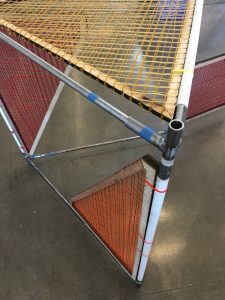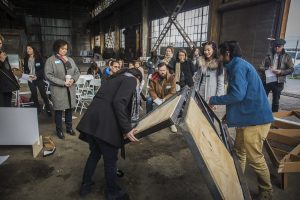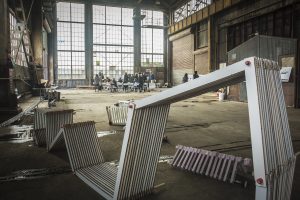Can a building perpetuate pedagogy? While many different pedagogical philosophies and theories have been developed in the last century changing drastically the way we understand teaching, learning, and playing, the design of the built environment where these activities take place has barely varied. This advanced studio aims to be an opportunity to investigate how design can shape experience and affect the subject in processes of playing and learning.
Students were asked to design a playground (pictured above), a series of open and closed recreational spaces considering them an active part of the pedagogical strategy that will lead the final design of their designed learning environments.
Professor: Lorena del Rio
Student Participants: Abdullah Balkhyour, Hamza Basurrah, Jenny Gonzalez, Yoo Bin Jung, Manasi Kshirsagar, Lilliam Navarro, Adan Rios, Tetiana Muraviova, Hao Yu, Clare Hacko, Justine Humble, Nicholas Scribner





















